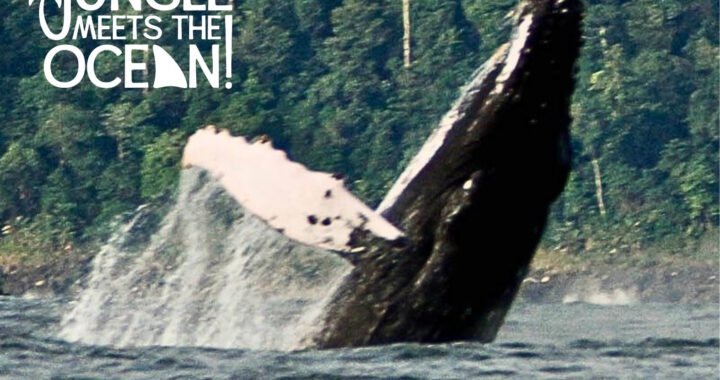The Negritos Dance

~ by Susie Atkinson
A tradition in Boruca called "La Mura"
Black slave trade was common in all the Spanish colonies. Around 1580 - 1600 Africans were imported into Costa Rica, and used as muleteers on the “mule road” from Cartago to Panama. Passing through the indigenous villages of Quepos, Boruca, and Terraba, they were supplied with food and indigenous muleteers. There was interbreeding between the Blacks and the Indigenous.
The children were then known as Mestizo, a person who had a dual cultural heritage and descent. A tradition in Boruca, is the “Baile de Los Negritos” or “La Mura”. Mura is the Mestizo name for mule; this tradition represents a mixture between Boruca and Catholicism. Beginning December 6 at midnight till dawn, the participants with their charcoal colored faces, dance in the form of a circle and suddenly in a linear way, to the rhythm of the drum, flute and accordion.
 December 7 and 8, the Negroes start their tour of the town. At each house, they dance non-stop for about five minutes and the mule - made of wood and painted also in black - makes movements like the others. The Negritos dance in silence and occasionally emitting a mule-like sound. Then the game stops and the participants express themselves in a language exclusive to the Mestizo culture, “Chiñola, Chiñola, la mura tiene ched, chí, tiene ched”; in English, Señora, señora, the mule, is thirsty, yes, he is thirsty. This request makes the hosts of each house give them chicha (a fermented beverage), and tamales.
December 7 and 8, the Negroes start their tour of the town. At each house, they dance non-stop for about five minutes and the mule - made of wood and painted also in black - makes movements like the others. The Negritos dance in silence and occasionally emitting a mule-like sound. Then the game stops and the participants express themselves in a language exclusive to the Mestizo culture, “Chiñola, Chiñola, la mura tiene ched, chí, tiene ched”; in English, Señora, señora, the mule, is thirsty, yes, he is thirsty. This request makes the hosts of each house give them chicha (a fermented beverage), and tamales.
In past times, this tradition had a closer link with the religious activities of the community. On December 8, the community celebrates the feast day of their patron saint, the Virgin of the Immaculate Conception. The Baile de los Negritos does not gather as many followers as the Danza de Diablitos; so unfortunately, it faces the risk of extinction.



